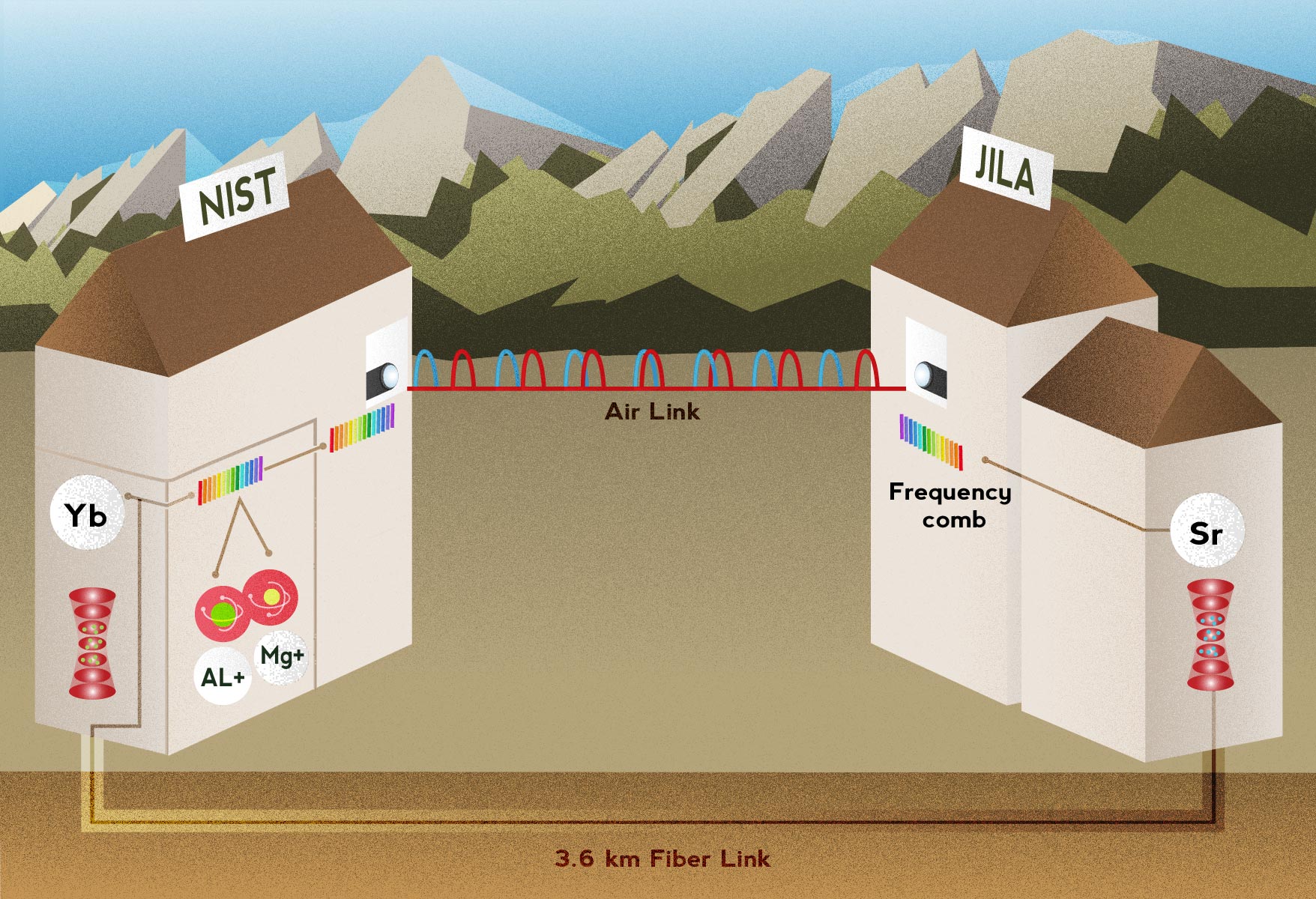
The system could allow for RF signal detection at extremely low intensity with a sensor volume that is 1 cm^3 or less in size. Department of Defense for applications such as military communications, radar and electronic warfare.Īdvancements made by ColdQuanta under the Quantum Apertures program seek to result in a system that has a broad RF spectral range without extensive antenna requirements.
Darpa program aims to atomic clocks series#
This contract is the latest in a series of awards secured by ColdQuanta from DARPA, with capabilities of the program being used by the U.S. The program aims to demonstrate a system that can receive low intensity, modulated RF signals across a wide spectral range, develop sensor physics and technologies that scale to a fieldable arrayed sensor system, and achieve shot noise limited detection levels that exceed the fundamental limits of classical antennas. 17, 2021 (GLOBE NEWSWIRE) - ColdQuanta, the leader in Cold Atom Quantum Technology, in conjunction with BAE Systems, Teledyne Scientific and Imaging, and the University of Oklahoma, today announced they have collectively been awarded a contract under DARPA’s Quantum Apertures program to demonstrate a complete Rydberg atom-based Radio Frequency (RF) Sensor System. The second area focuses on building a larger, but still transportable, optical clock with unprecedented holdover performance.Boulder, CO, Aug.
Darpa program aims to atomic clocks portable#
“If we’re successful, these optical clocks would provide a 100x increase in precision, or decrease in timing error, over existing microwave atomic clocks.”Īccording to darpa.mil, the program is divided into two technical areas: The first focuses on developing a robust, high-precision small portable optical clock. “The goal is to transition optical atomic clocks from elaborate laboratory configurations to small and robust versions that can operate outside the lab,” said Tatjana Curcic, program manager in DARPA’s Defense Sciences Office. The program is expected to leverage DARPA-funded research over the past couple of decades that has led to lab demonstration of the world’s most precise optical atomic clocks. The US Department of Defense is interested in the development of laser-based clocks that will be 100 times more accurate than today’s most precise models, while also small and rugged enough to be carried on Army vehicles and fighter jets.ĭARPA’s Robust Optical Clock Network (ROCkN) program aims to create optical atomic clocks with low size, weight, and power (SWaP) that yield timing accuracy and holdover better than GPS atomic clocks and can be used outside a laboratory. If GPS were jammed by an adversary, time synchronization would rapidly deteriorate and threaten military operations. A timing error of just a few billionths of a second can translate to positioning being off by a meter or more. High-tech missiles, sensors, aircraft, ships, and artillery all rely on atomic clocks on GPS satellites for nanosecond timing accuracy.

Synchronizing time in modern warfare – down to billionths and trillionths of a second – is critical for mission success.


 0 kommentar(er)
0 kommentar(er)
